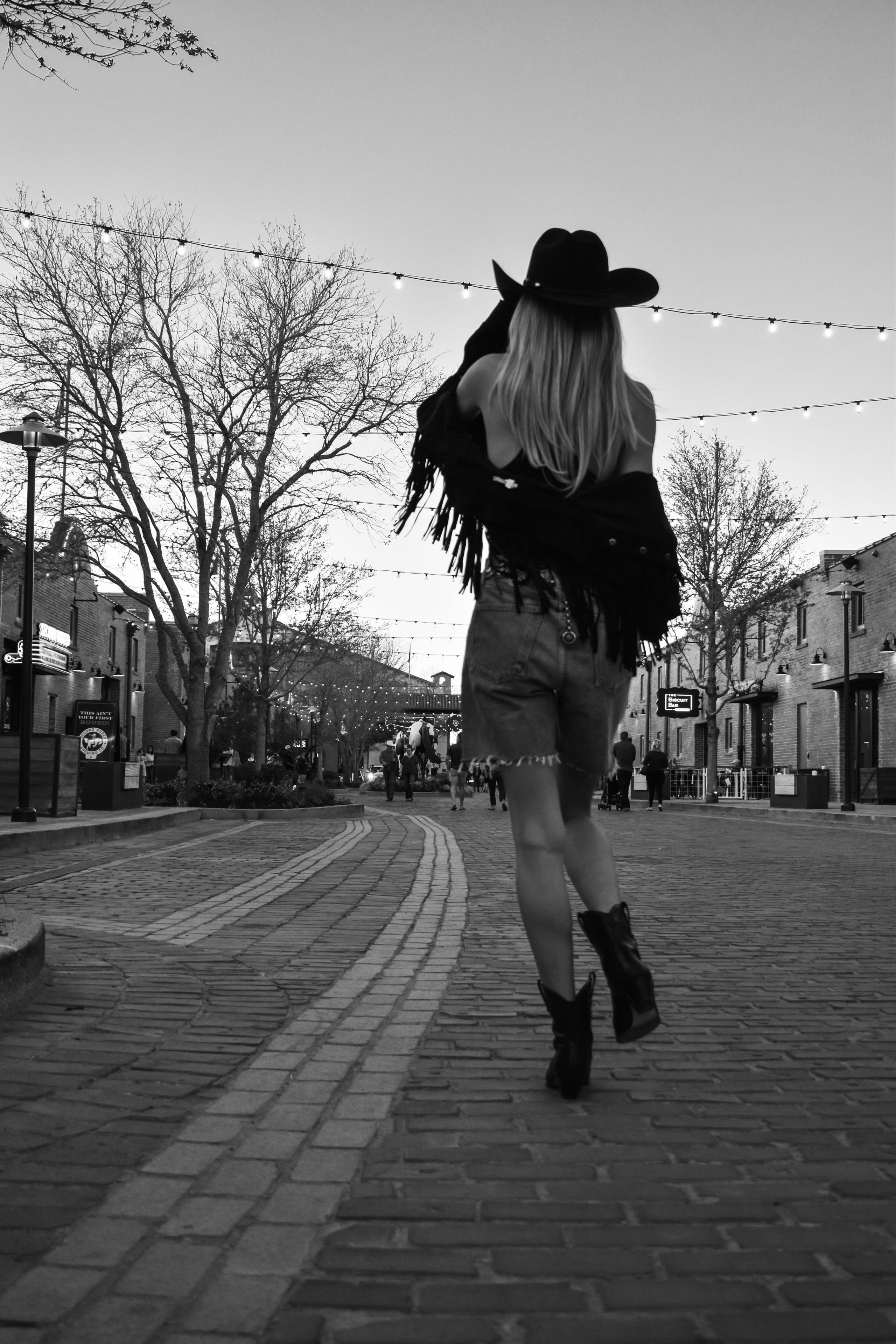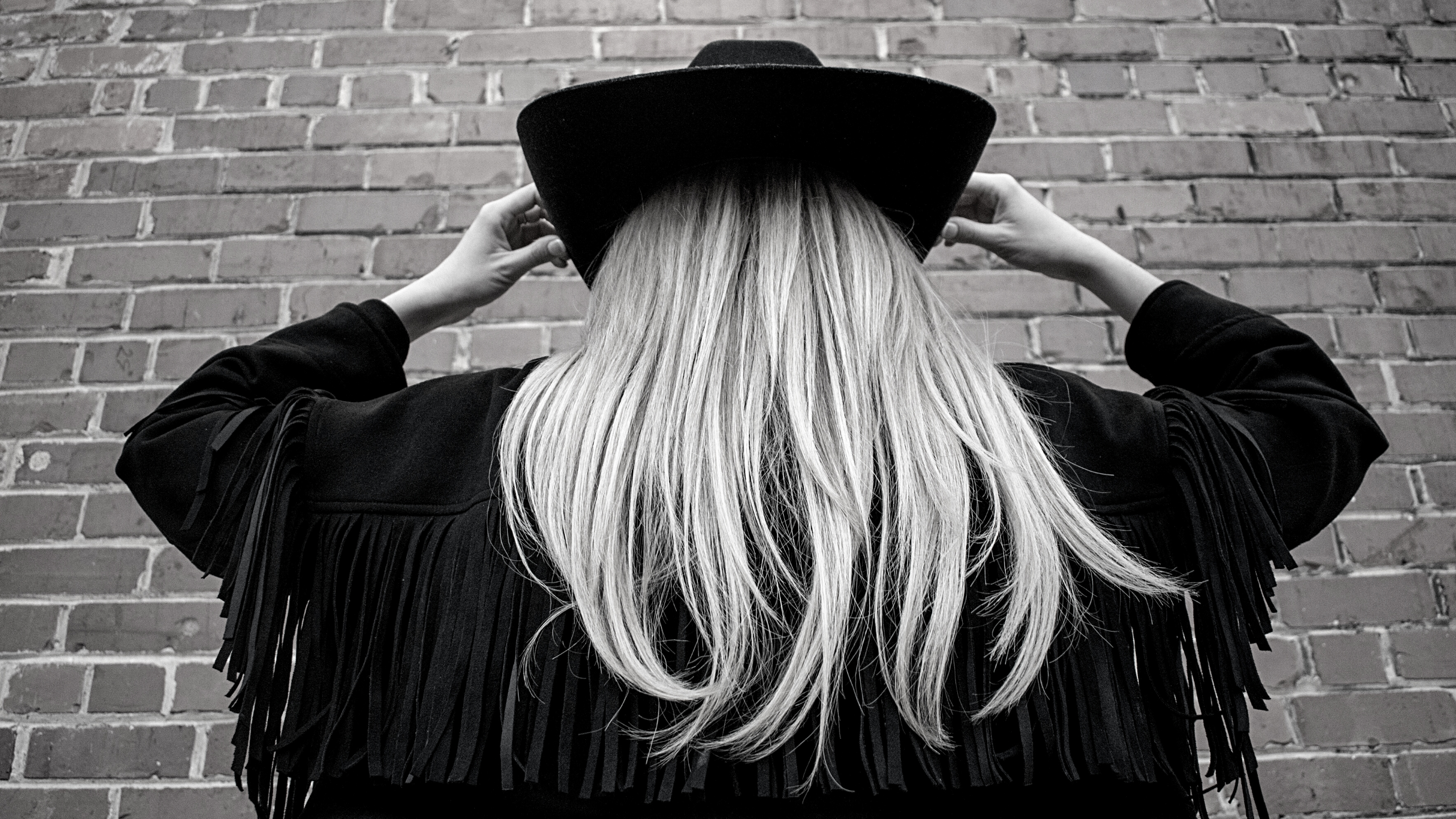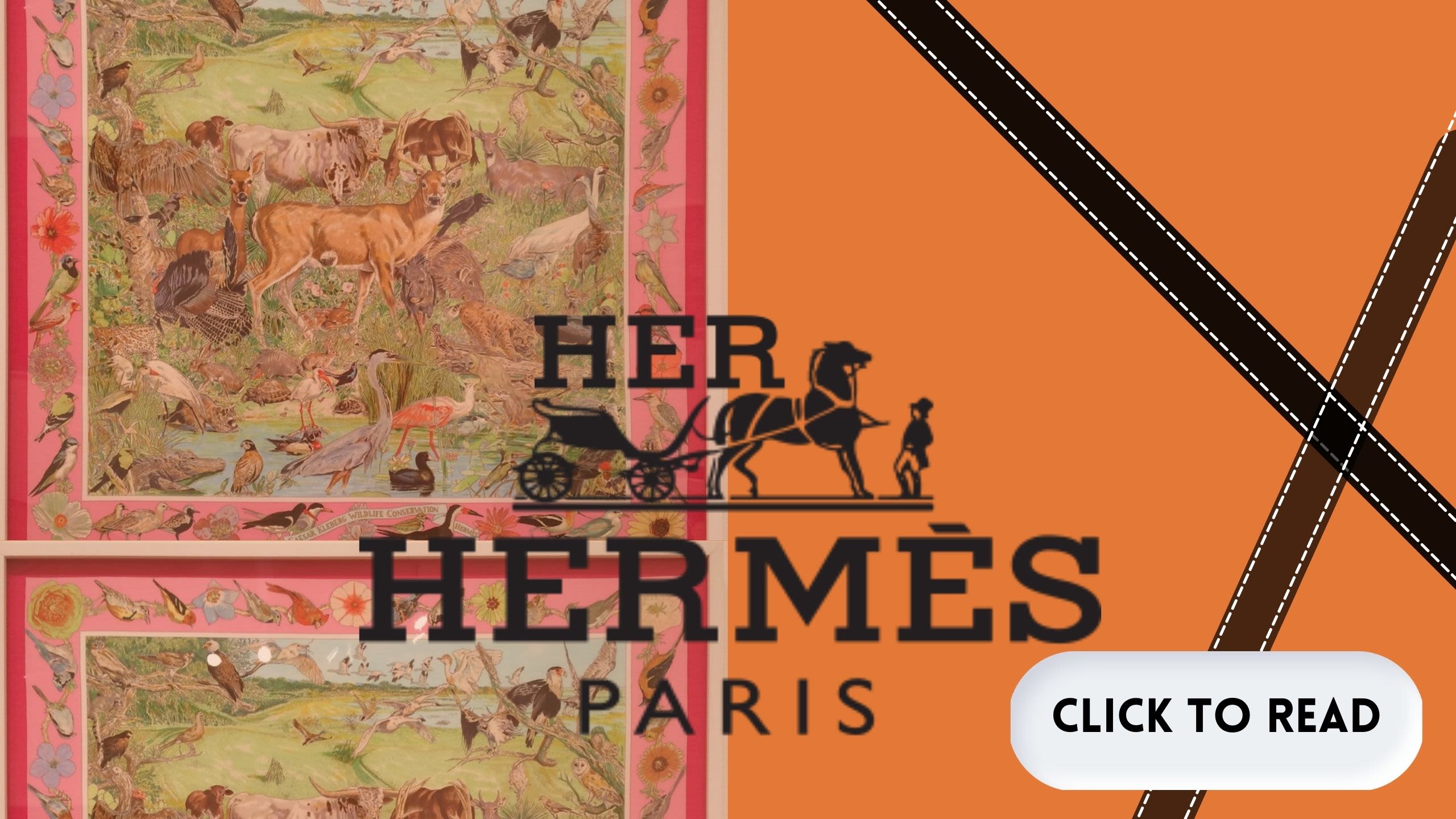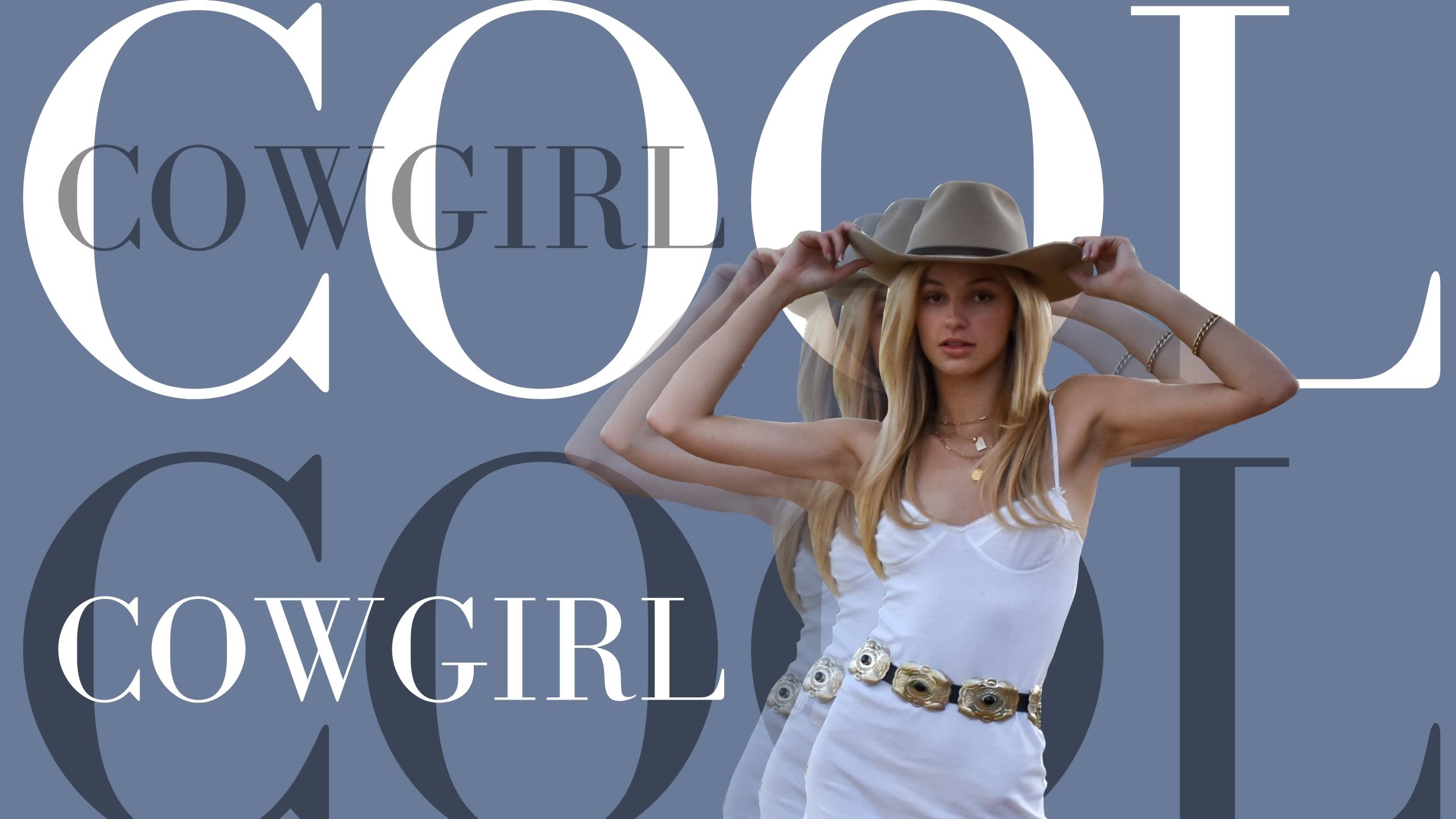
Written by: Caroline Garland
Photography by: McKenna Weil
Model: Kendall Greene
*All photos were taken at Fort Worth's historic stockyards, up and down Mule Alley and on the grounds of Fort Worth's new rustic-luxe hotel, Hotel Drover.
The most glamorous event in rodeo came home to its roots in 2020.
The Wrangler National Finals Rodeo, known as the Super Bowl of rodeos, moved to Texas amid Nevada's pandemic restrictions.
Luckily, rodeo and women's rodeo specifically has a long history in the lone star state.
Women’s barrel racing originated in 1931 in Stamford, Texas, when the sponsors of the Cowboy Reunion Rodeo decided to add girls 16 years old and older to represent their communities at the rodeo.
They were invited to lead the parade, participate in minor rodeo activities and visit and dance with the cowboys each evening. By 1932, they were awarded prizes for best mount, prettiest riding outfit (the cowgirls were very fashion conscious) and best horsemanship.
Horsemanship consisted of riding in a figure eight pattern around barrels. In 1935, the Stamford Rodeo event replaced the figure eight with a more complicated cloverleaf pattern around three barrels. In 1949, it became an event judged strictly by the fastest time.
Pam Minick, Miss Rodeo America 1973, said she likes that barrel racing began as a female rodeo event and she encourages cowgirls to be glamorous like the cowgirls of days past.
“They were the true glamour girls,” Minick said. “I try to always wear my cowgirl clothes and represent.”
The basic Western attire for cowgirls competing in rodeos is boots, jeans, button-up shirts and cowboy hats. However, these simple outfits are usually blinged out with glittering rhinestones or stylish fringe, especially for the more prestigious rodeos.
Fallon Taylor, 2014 NFR Barrel Racing World Champion, is a Western fashion icon. A flashback to earlier eras, Taylor is known for her flamboyant style and glamorous riding attire.
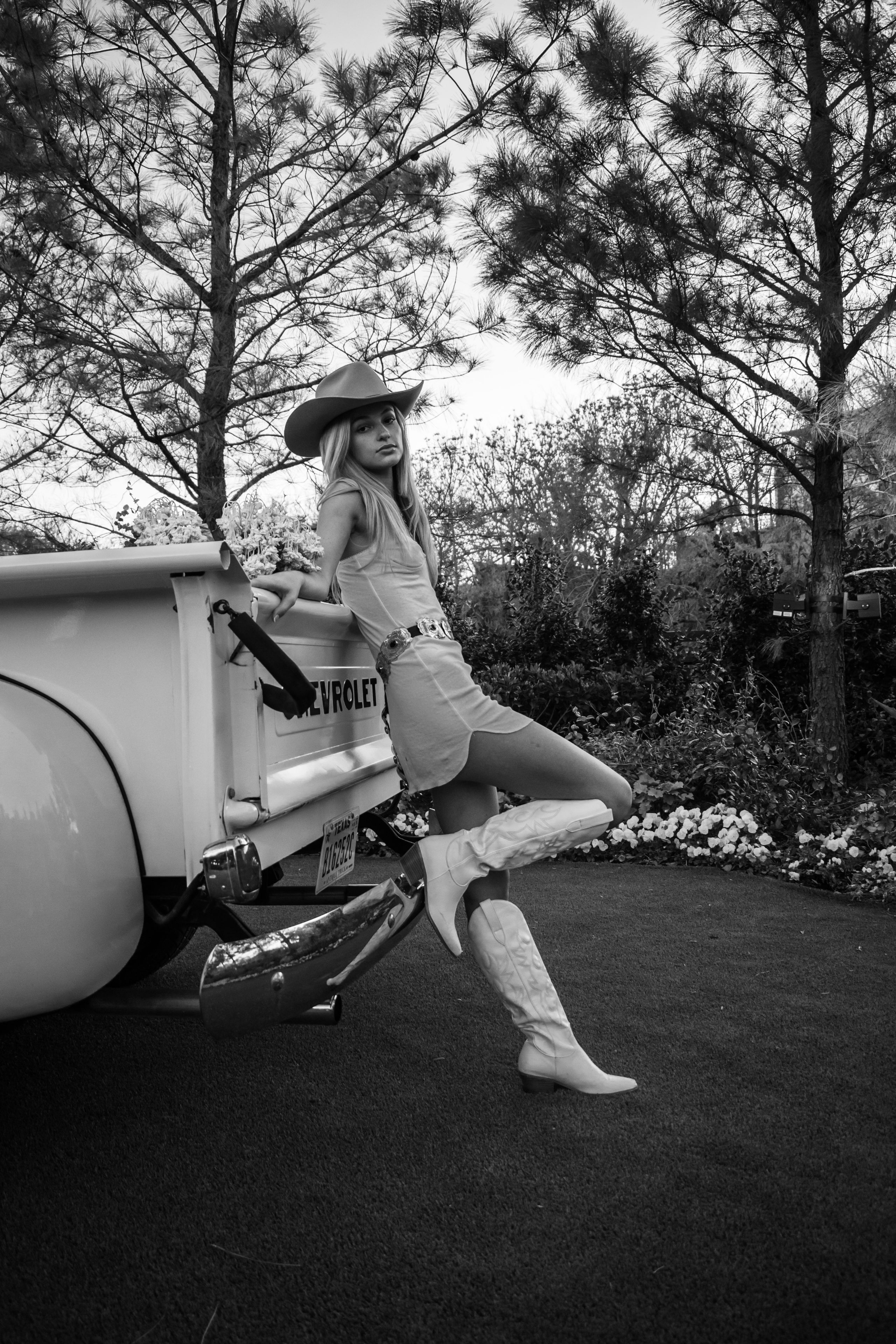
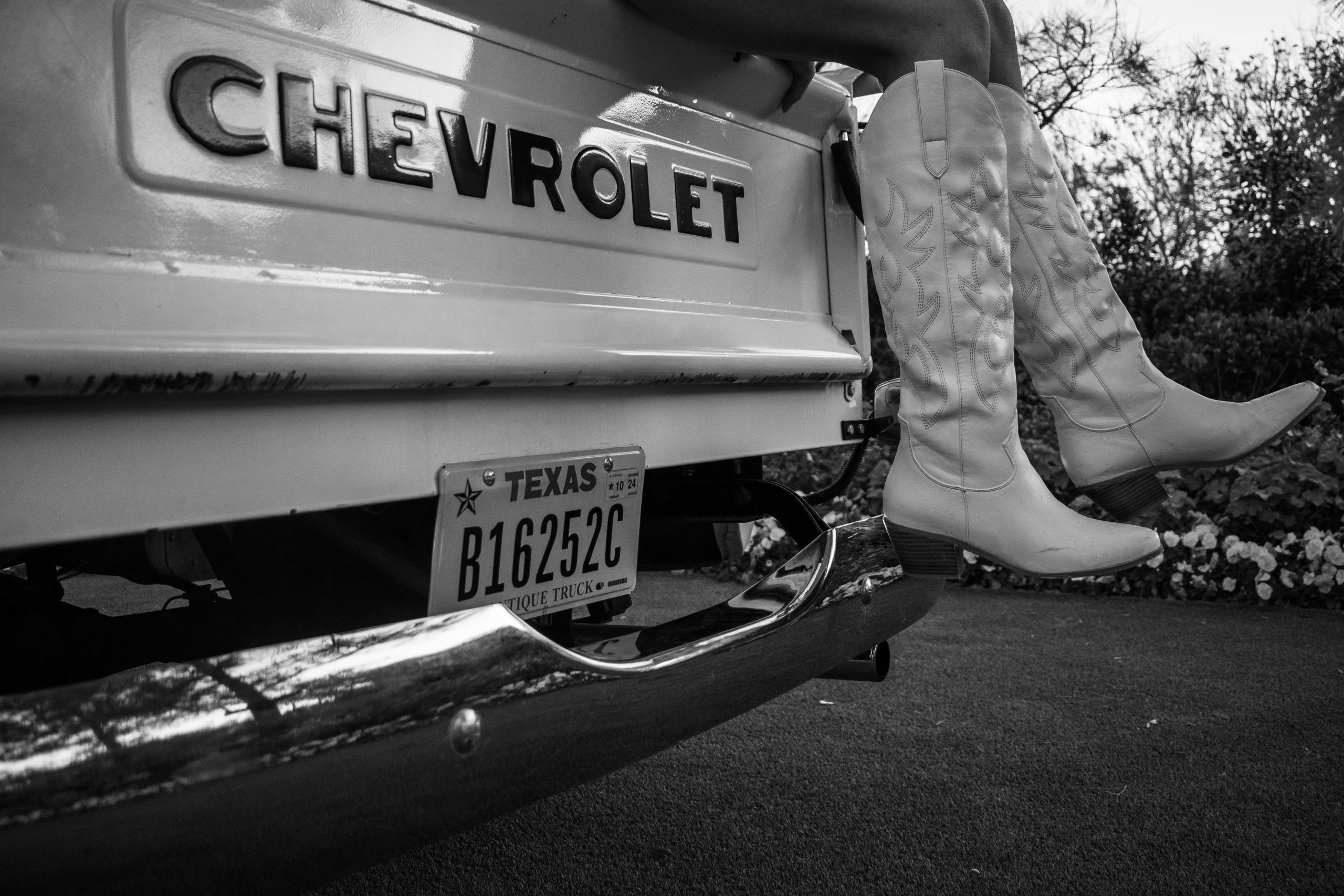
A need for speed
Women have come a long way from the days of just being invited to lead parades and be dancing partners to the cowboys.
Today, women have their own championship rodeo: Women’s Rodeo World Championship. The rodeo is open to any female athlete in the world competing in breakaway roping, barrel racing and team roping.
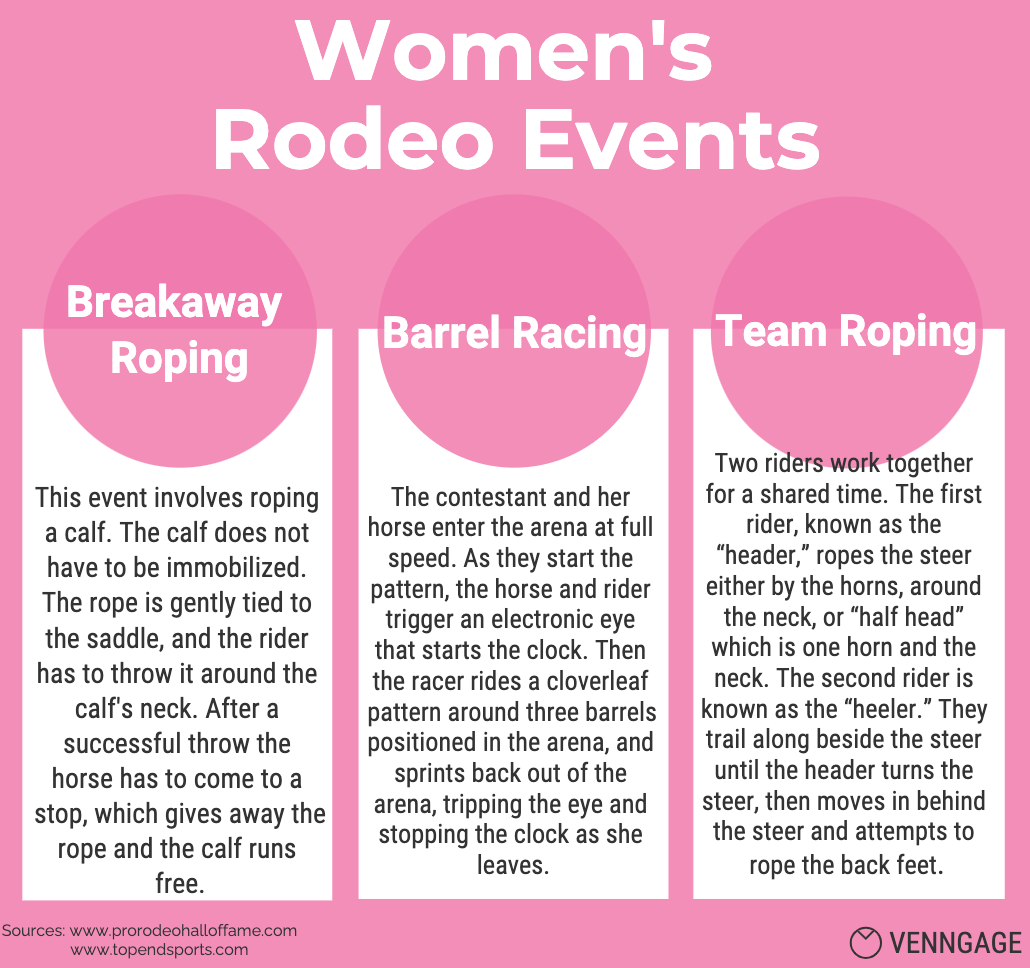
Women in barrel racing come from many different riding backgrounds, but they all have one thing in common: a love for barrel racing.
Barrel racer Shelby West is a two-time qualifier for The American Rodeo semi-finals. She is also a registered radiologic technologist.
West said she used to participate in English equestrian riding events that included jumping and horsemanship before she began barrel racing.
“It was just boring to me,” said West on equestrian. “I like to go fast and race against the timer.”
Tana Poppino, barrel racer, three-time qualifier for the NFR and graduate of Oklahoma Panhandle State University, said she was raised on a ranch in Colorado and grew up riding horses.
“Since my work was done on horseback, competing horseback was natural,” said Poppino.
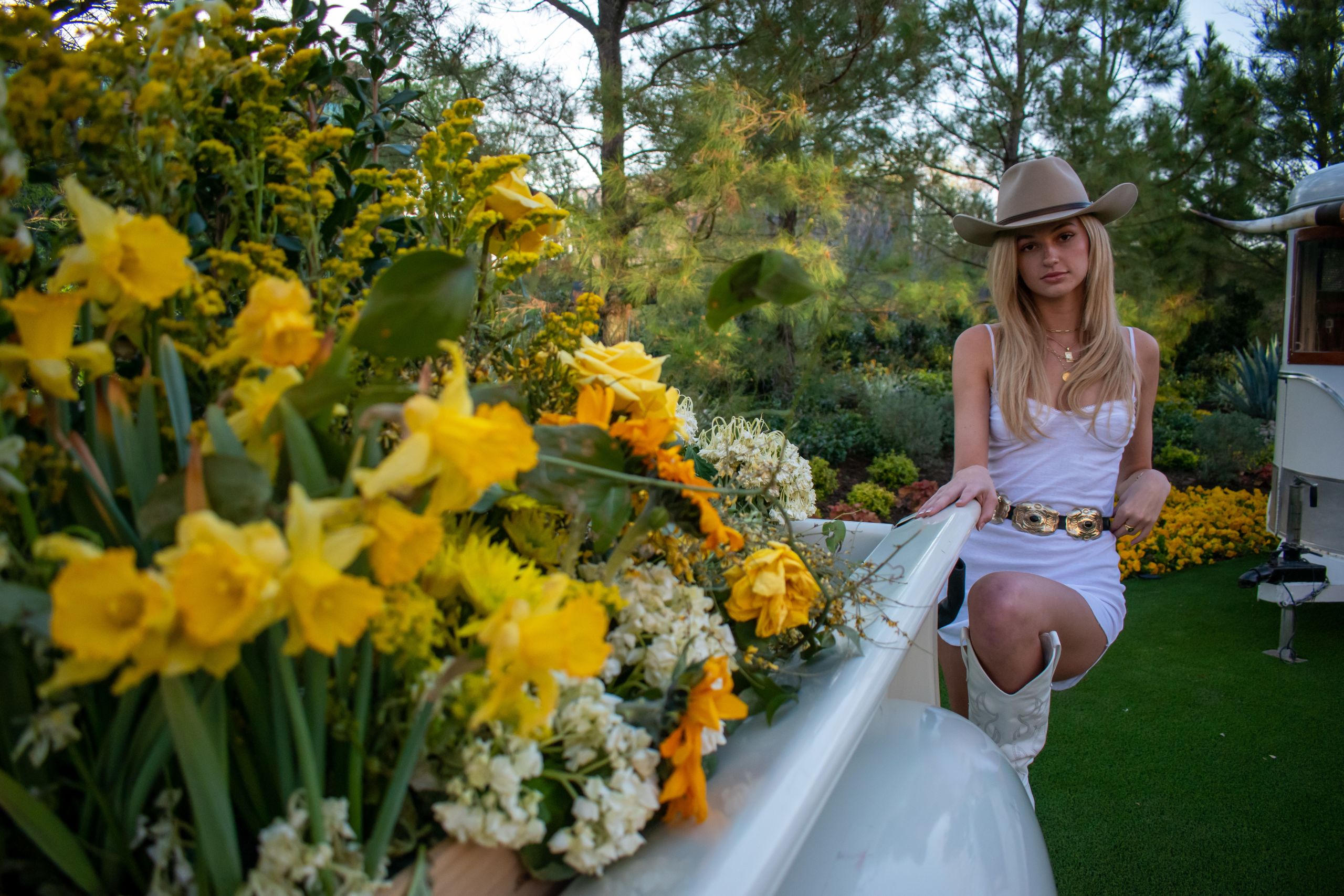
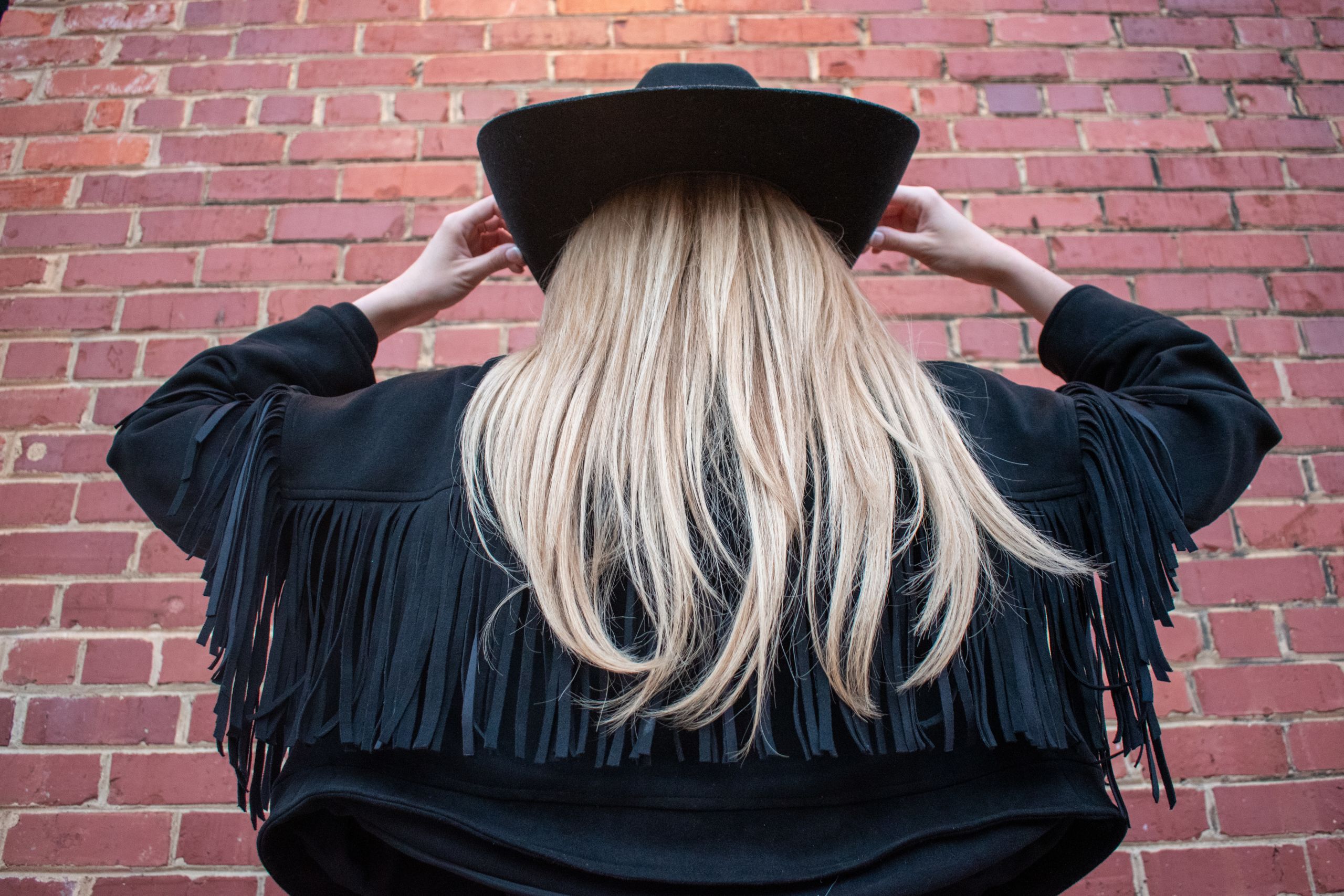
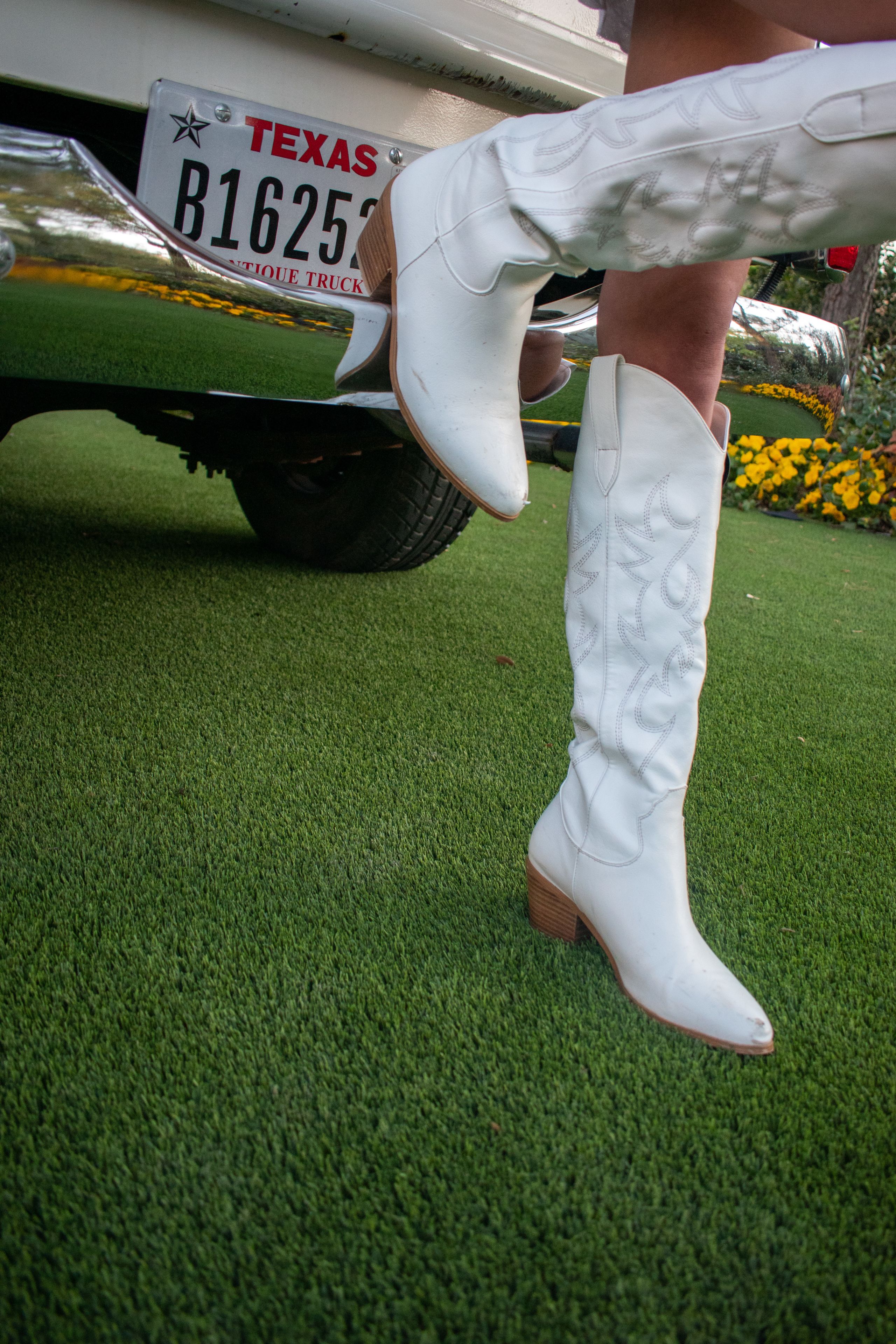
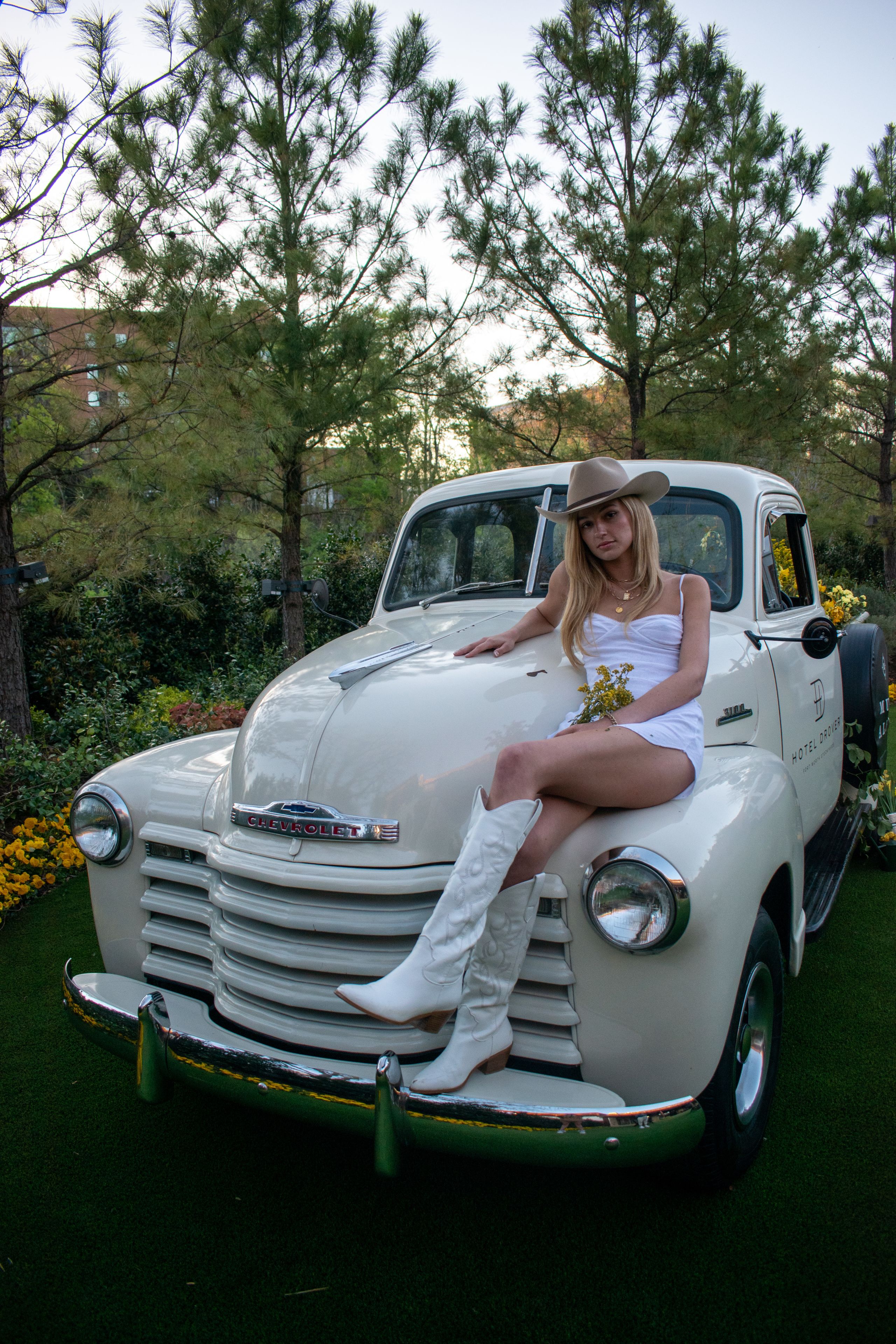
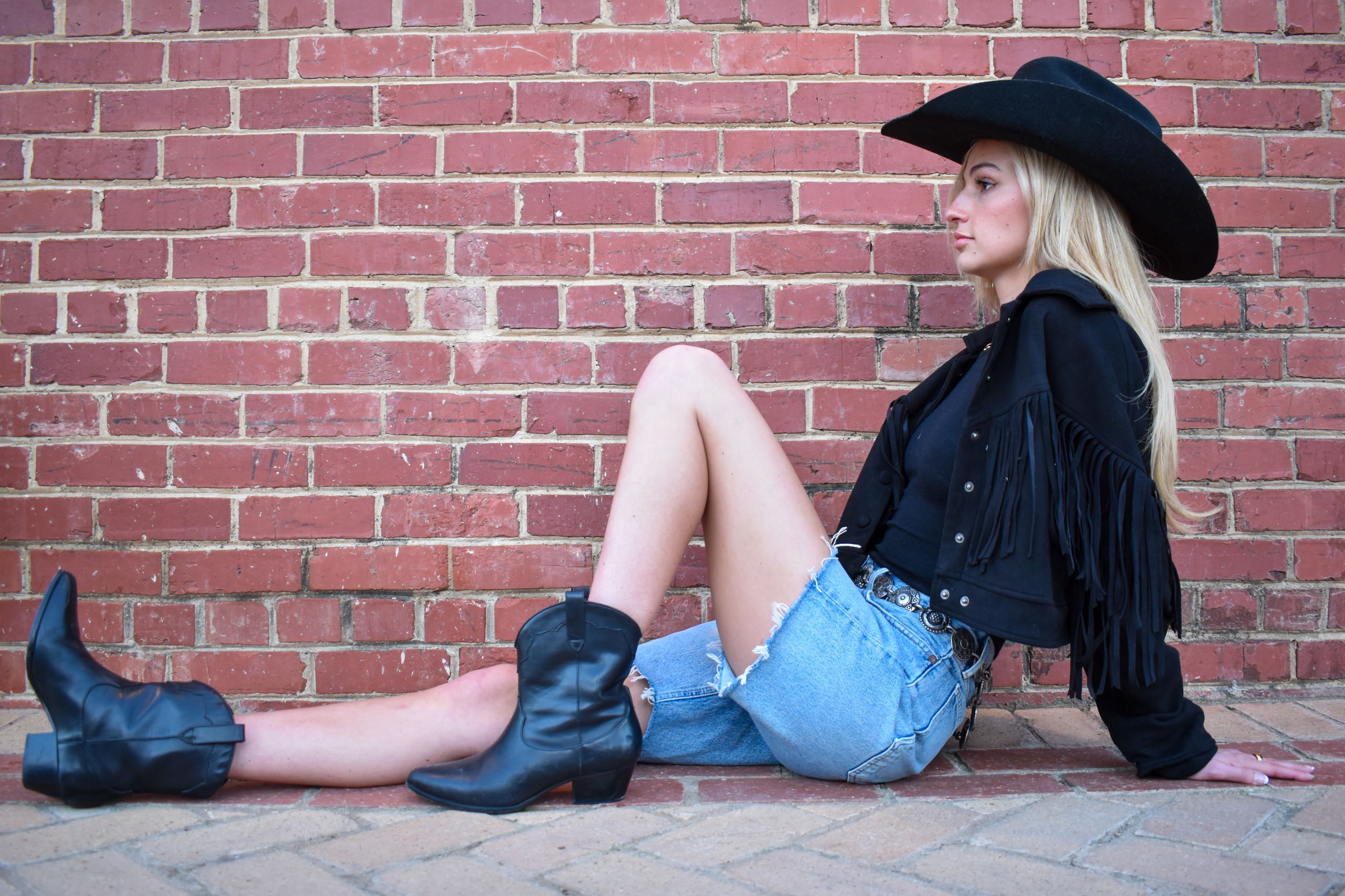
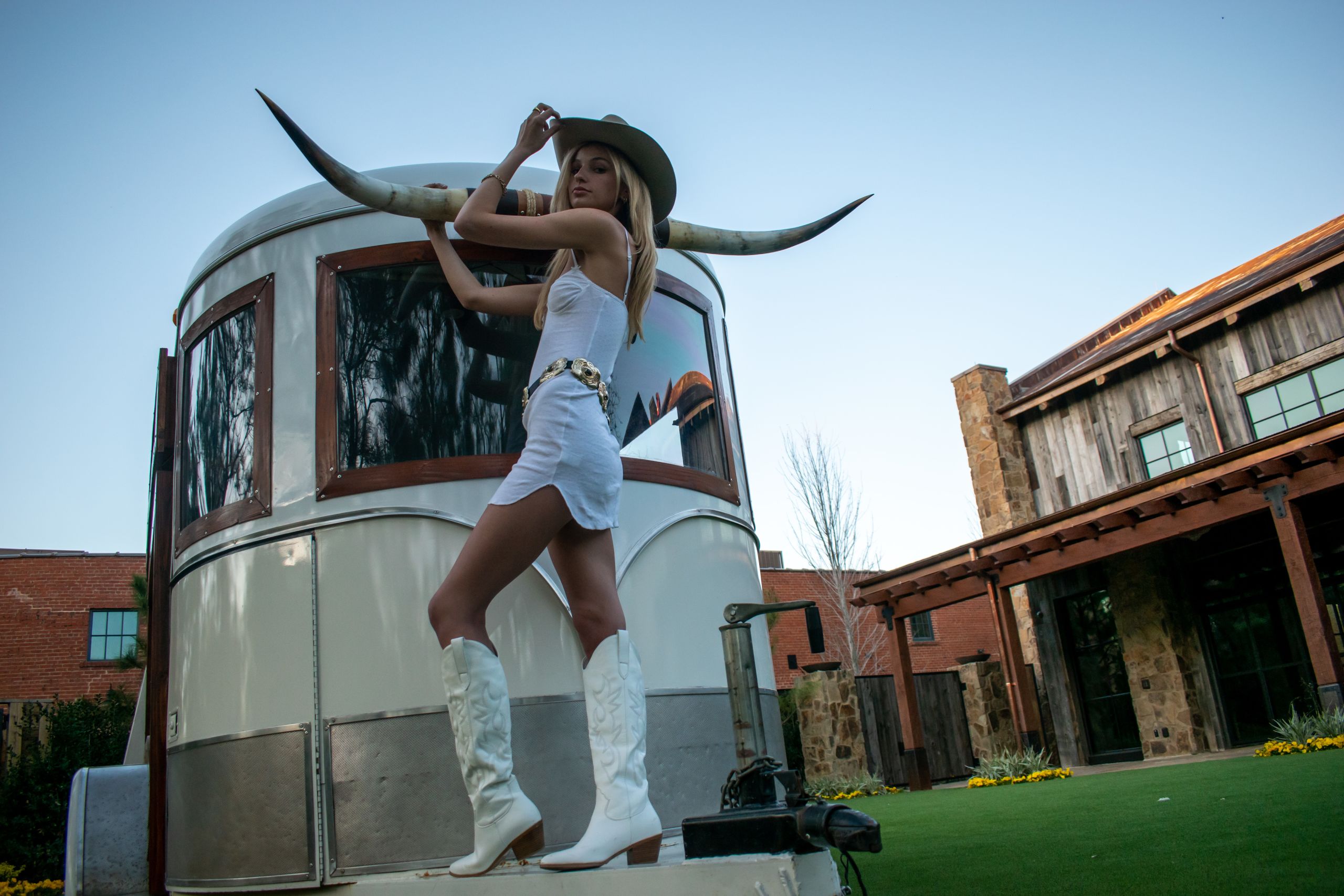
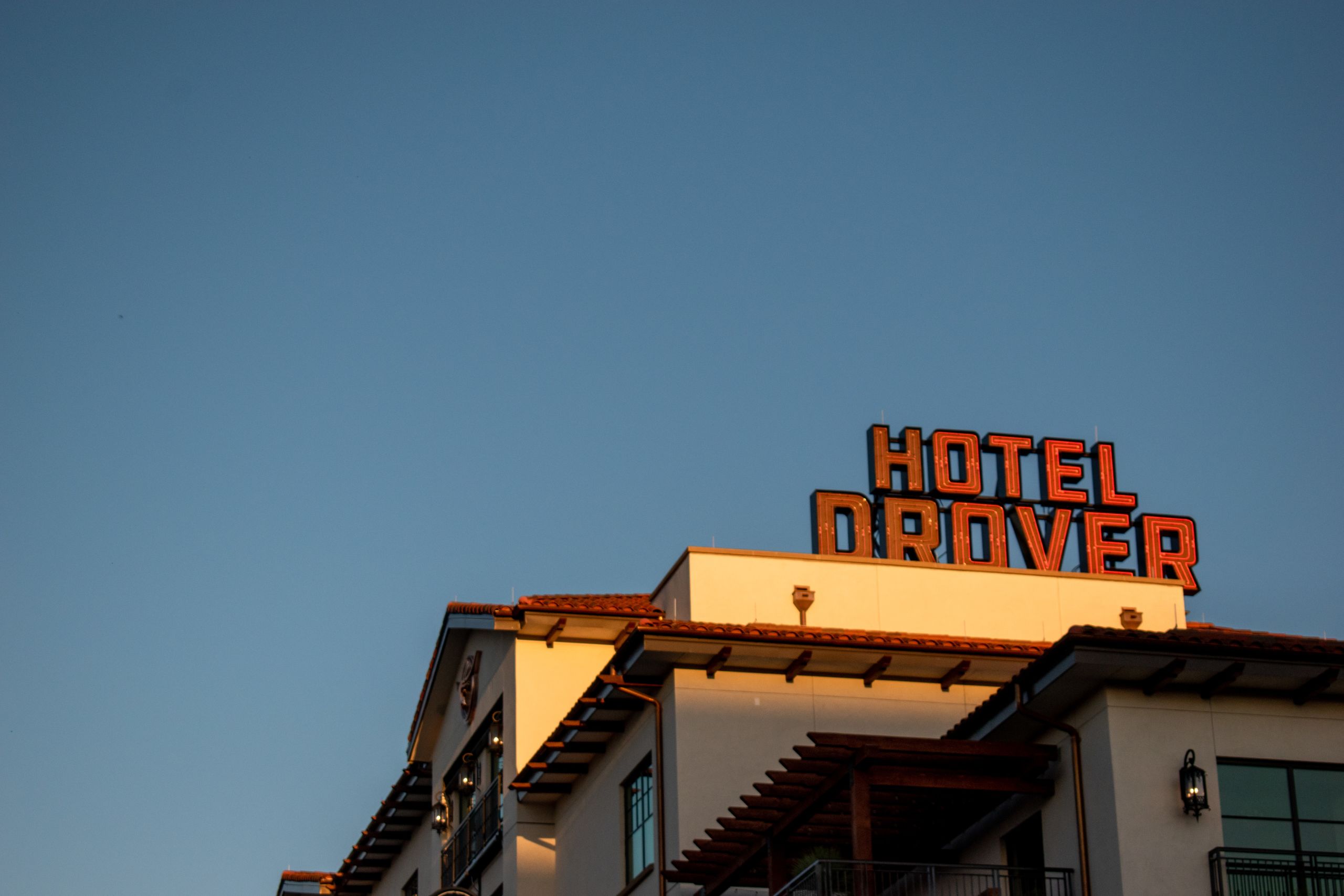


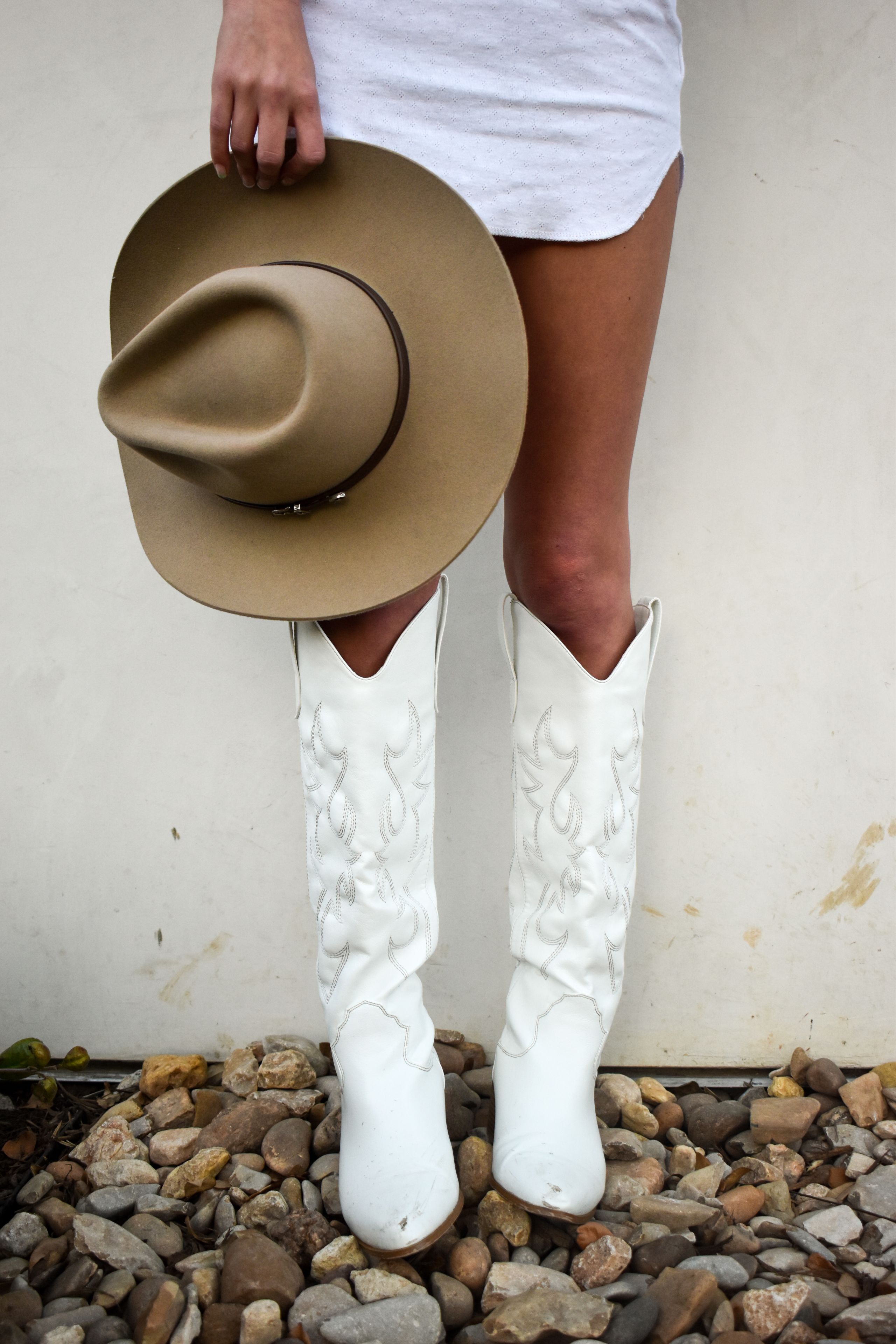
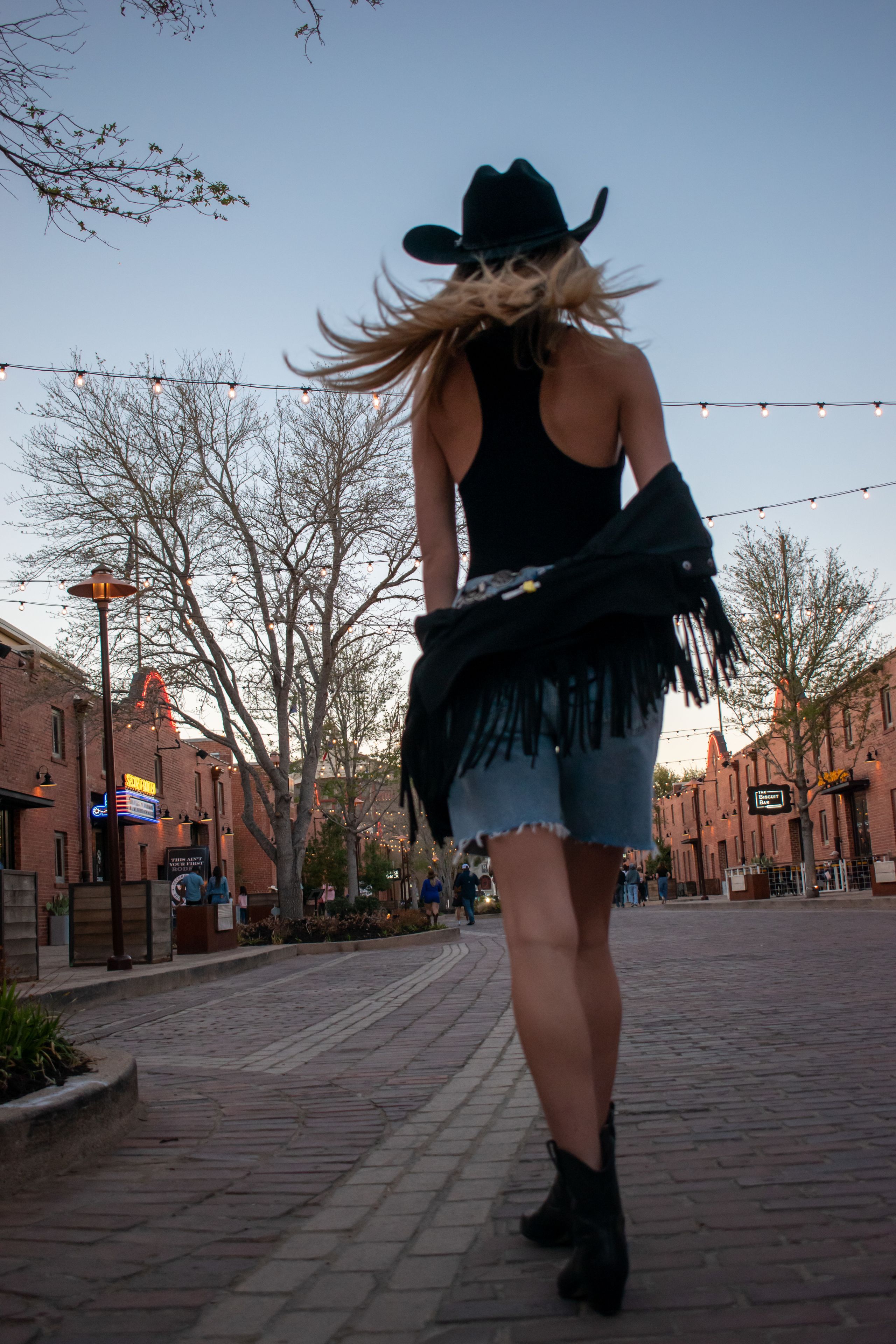
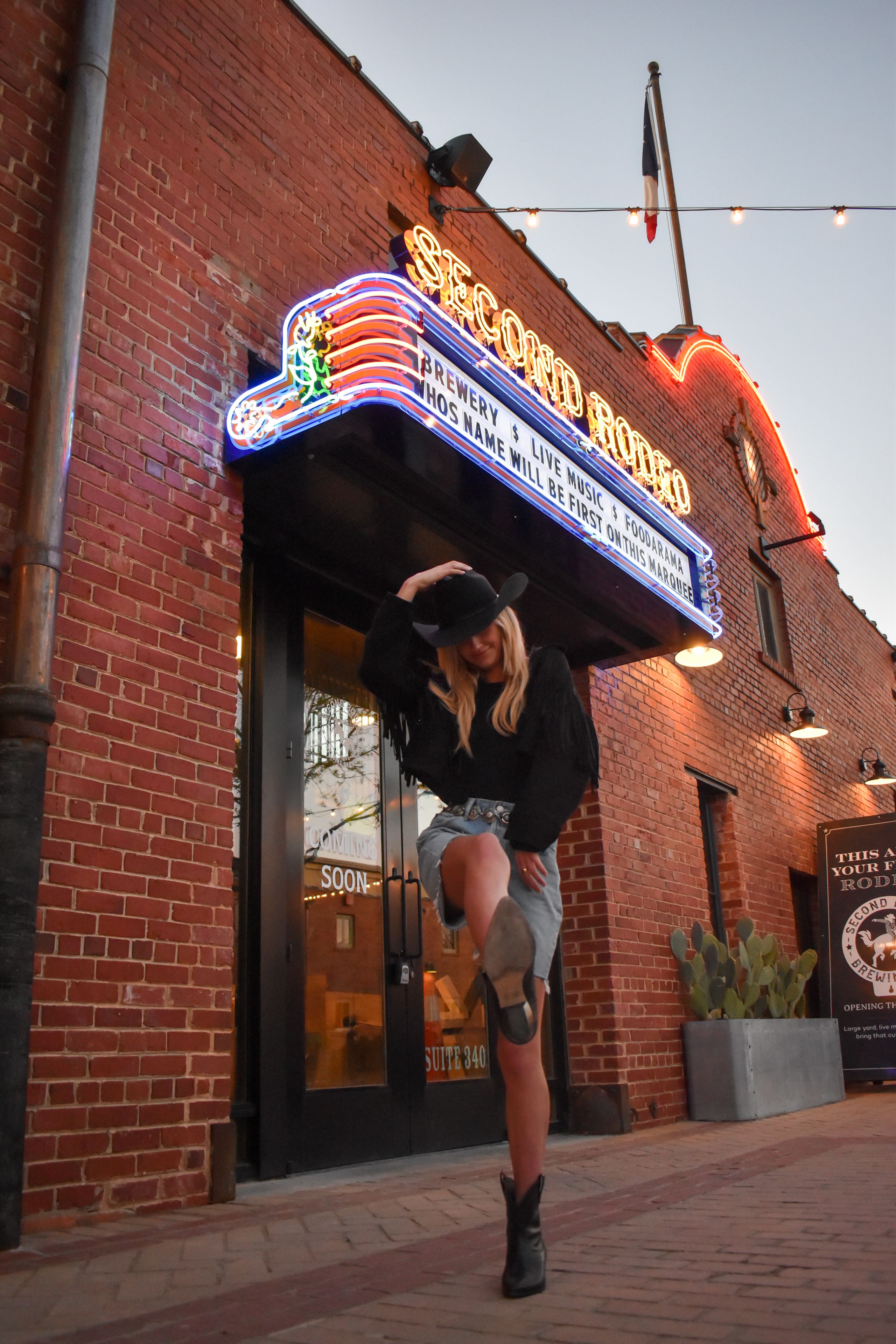

True cowgirls
The National Cowgirl Museum and Hall of Fame is the only museum in the world that honors and celebrates past and present women of the West. The hall of fame features a diverse group of women whose lives exemplify courage, resilience and independence.
Sandra Day O’Connor, a 2002 honoree, grew up on a 198,000-acre cattle ranch near Duncan, Arizona, where she learned to shoot and ride a horse before she was eight.
In 1981, President Ronald Reagan nominated her as the 102nd justice and first female member of the United States Supreme Court.
Pam Minick was inducted in the year 2000.
Minick was raised in Las Vegas, Nevada. She said she got her first horse when she was nine after she and her sister persuaded their parents to get them each one.
“No knowledge, no saddle, joined 4-H and the rest is a long journey,” said Minick.
Her popularity as a rodeo commentator as well as her dedication to rodeo has helped bring about many advances for women’s rodeo. She has been and continues to be an outstanding ambassador for rodeo as a competitor and as a promoter.
“There are hundreds of deserving nominees and only five inductees each year,” said Minick. “I love it that I am in the company of some of the top strong women in the equine and business world.”
“I ran barrels at a very high level, qualifying for my circuit championship (but never NFR). I qualified for the Women’s National Finals Rodeo 16 times in team roping, and won a world championship in breakaway calf roping,” said Minick.
